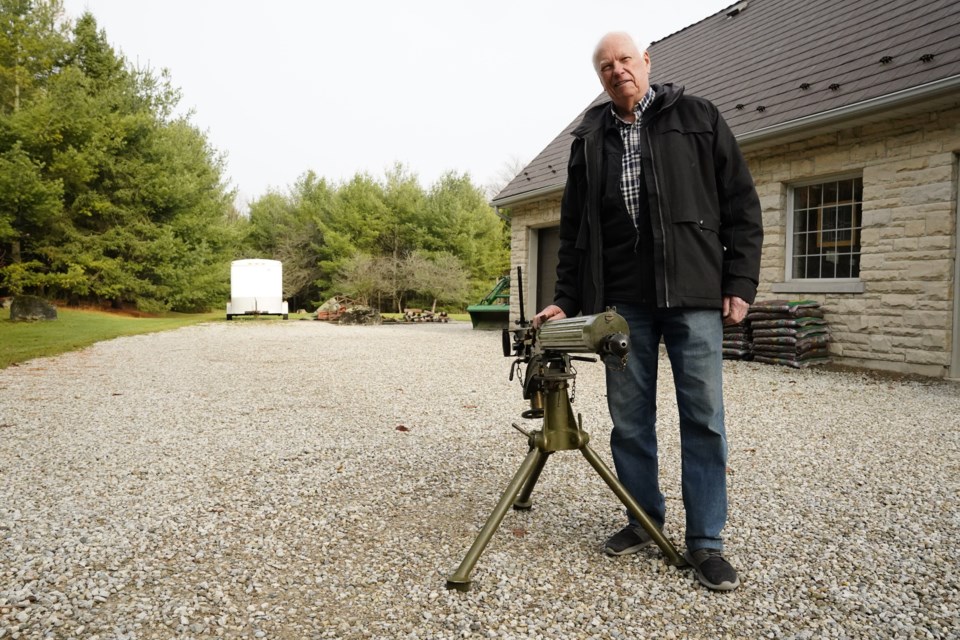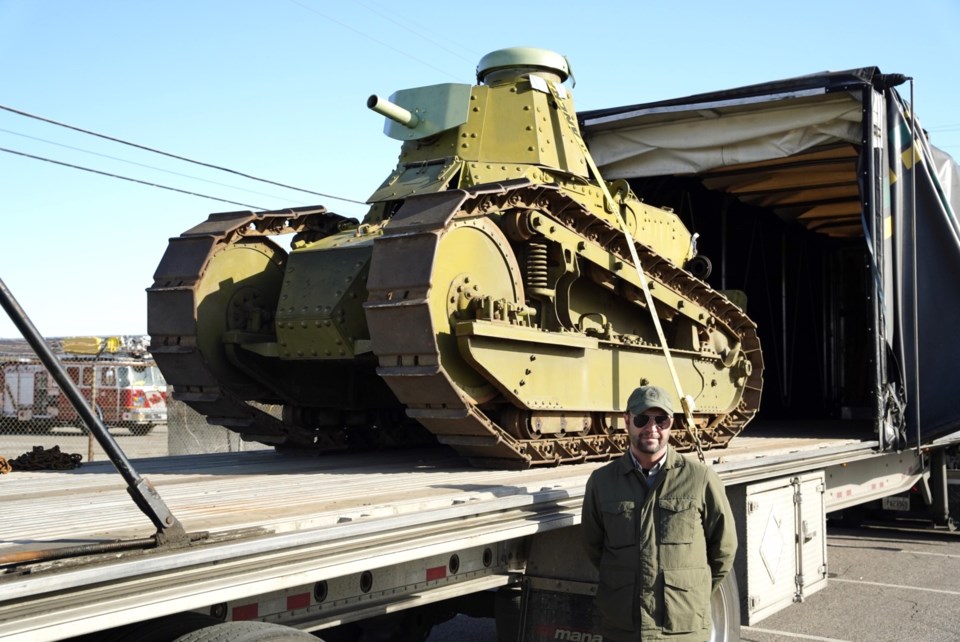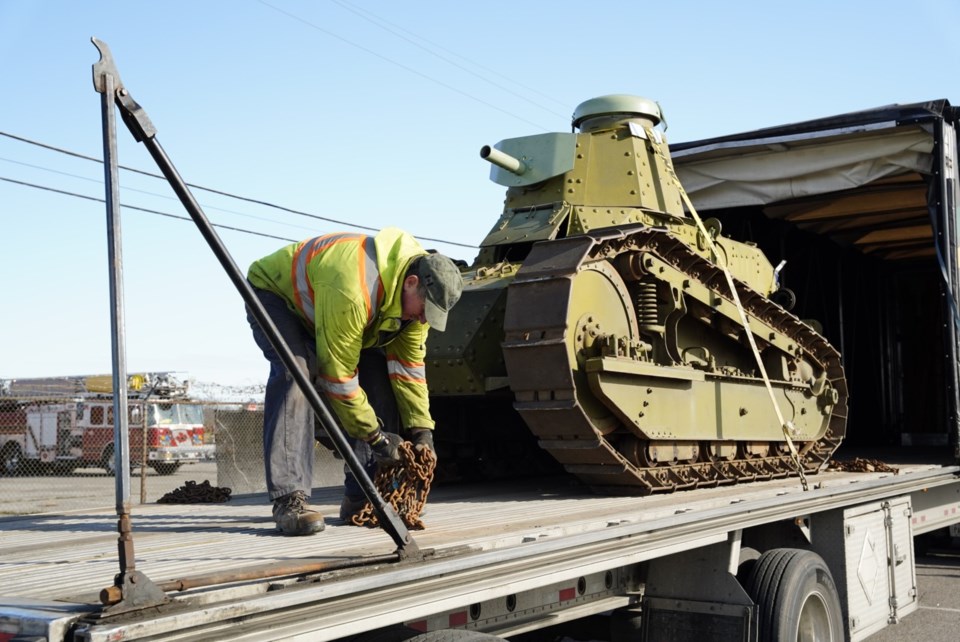Sitting down with Al Fraser, founder of the supply chain Fraser Direct – with offices in Milton and Guelph – he recounts a tale that offers a glimpse into the charmed life he lives.

One day in the 2000s, the Halton Hills resident got a call from a U.S. military general asking to enlist the help of his other company -- Collector’s Source -- which specializes in transporting antique weapons across national borders.
The general heard through the grapevine that Fraser owned a Bofors anti-aircraft gun and wanted to acquire it from him for a memorial in the U.S. His 50-acre property just north of Georgetown has a veritable arsenal of antique weapons big and small.
From machine guns and rifles (deactivated) to blades of various types and uniforms, his home is the next best thing to a history museum. And as luck would have it, Fraser had a Bofors gun at the time.
“I said, ‘I tell you what, general. If you want to buy one, you can just land one of those big grey choppers in my backyard, pick it up on a sling and take it away.’”
The American general did not take him up on the offer. But thanks to Fraser and his Collector's Source business partner Fred Van Sickle’s (from Acton) logistical know-how and historical acumen, museums of national importance are well-stocked with real living history from the battlefield.
On Wednesday (Nov. 27), the Canadian Tank Museum – also home to the army’s Ontario Regiment Museum – offloaded one of the rarest pieces in its collection: an American M1917 tank from the First World War era. Through Fraser and Van Sickle’s company, the Oshawa museum can boast the only such complete vehicle in Canada; the rest are in various states of deficiency.

Most would likely shy away from the daunting bureaucratic hurdles of bringing an implement of war across multiple jurisdictions and into Canada. But Fraser and Collector's Source are not among those people.
When asked why he goes through the trouble of bringing such lumbering, cumbersome and troublesome goods to Canada, he said, “well it’s certainly not for a profit motive.”
“The benefit is to help these guys (museums) accomplish their end goal of having a collection of stuff that actually runs and they can show off to the public,” Fraser added. "We are having fun doing it.”
The M1917 tank is not just important to the United States and France – it is a licensed copy of the French Renault FT – but to Canada as well. When the country entered the Second World War, it found itself severely lacking in tanks.
On an emergency basis, Canada bought over 200 M1917s from the uninvolved U.S. to train her troops.
“It tells a specific Canadian story about how the Canadian Armoured Corps developed just in the early part of the Second World War,” said Canadian Tank Museum Executive Director Jeremy Blowers.
Most of the tanks at the museum are in working condition, allowing staff to do public demonstrations on the weekends.
Both Fraser and Van Sickle call this “living history” and emphasize the importance of preserving it.
“What are your chances of ever seeing an actual tank moving?,” Fraser said. Blowers echoed his collaborator’s words in saying, “It's a completely different experience.”
He continued: “I find in the 21st century that experiential learning has become more important. What people often say in the 20th century is people collected things and in the 21stt century they collect experiences.”
The newly-acquired M1917 will now be looked over and brought back to life just like others in the museum’s collection by it team of volunteers.
Those interested can learn more about it on the museum's website here.
